Growing and managing hostas is fun until you find yourself trying to save your hostas from slugs. And while there are not many articles online that talk about getting rid of slugs on hostas, you will find yourself appreciating our guide. In this article, we will talk about how to get rid of slugs on hostas and the ways to fight against these hostas, natural enemies. We will also get to answer many of your questions regarding the subject matter. So, don’t be in a hurry to leave.
How to Get Rid of Slugs on Hostas: The Easy Way-out for all hostas gardeners
There are several ways to get rid of slugs on hostas. But according to our expericen, the most effective ways are Vaseline and salt technique, grow slug resistance Hostasb plant, practice morning watering. Below we will discuss in detail about those techniques.
How to prevent slugs on hostas
There is an old saying that goes like this; prevention is better than cure. To this effect, we’ve made a list of the most effective ways to prevent slugs on hostas.
1. Vaseline and salt technique
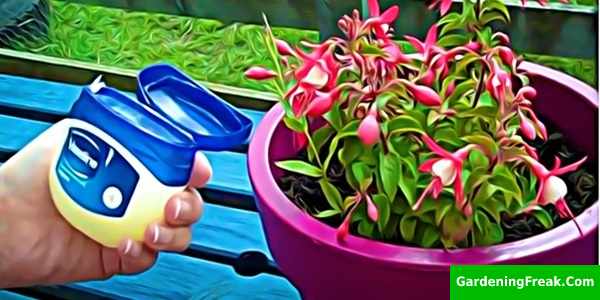
This process only works if your hostas are in a pot or jar. It sounds ridiculous, but it is an effective way to prevent slugs from disturbing your hostas. Map out a line around your hostas pot with Vaseline. Then, proceed to rub salt into the Vaseline. The purpose of the Vaseline is to hold the salt and not allow it to dissolve.
Once you’ve nailed on this, you are good to go. Slugs cannot cross the line to your hostas because it will make them lose their body fluid.
2. Plant slug resistance Hostas
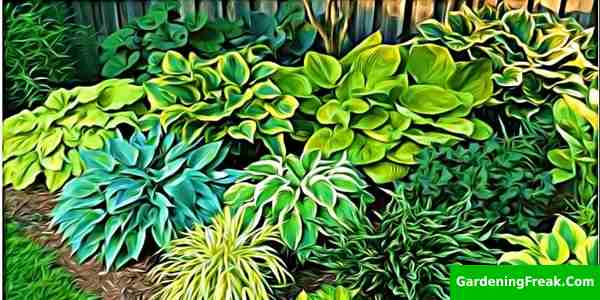
More than 45 varieties of the Hostas plants exist. They have different leaf shapes, colors, and sizes. The best part is that some hostas varieties have high resistance to slugs feeding activities. That is, they have thicker leaves that slugs cannot bite through easily. A typical example of the slug resistance Hostas is the Sum and Substance. Slugs are not able to feed on this variety, thanks to its thick leaves.
3. Practice morning watering
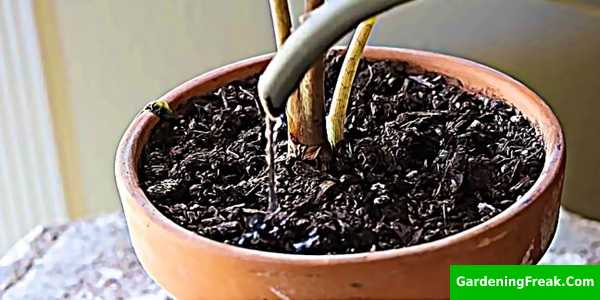
When you water your hostas in the morning, the surrounding areas are already dried before nightfalls and will not favor slugs. Slugs like to hang around areas that are moist and cool. So you’re likely to prevent slug infestation when you avoid watering your hostas up to late hours in the day. Also, do light watering for your hostas when it is not sunny. You can increase your watering when the sun comes out. These measures are effective ways to prevent slugs on hostas. You can proceed to combine these 3 measures to get a quick result.
Home remedies for slugs on hostas
For some of us who prefer to do it the natural way, here’s how to get rid of slugs using home materials.
1. Coffee grounds works
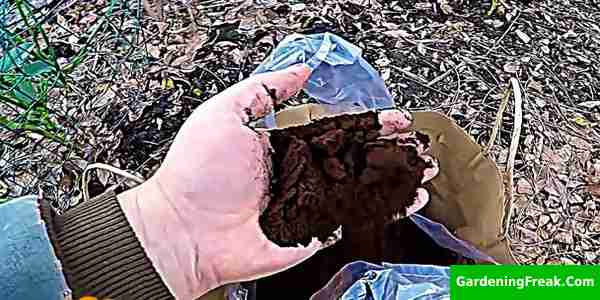
The good news is that slugs detest coffee grounds as much as you detest finding holes on your hostas leaves. So the trick is to use it to your advantage by scattering a few coffee grounds around the hostas plants.Meanwhile, as the coffee grounds decompose, the soil gets more nutrients simultaneously, it is warding off slugs. Using coffee grounds is a win-win for you.
2. Use sand
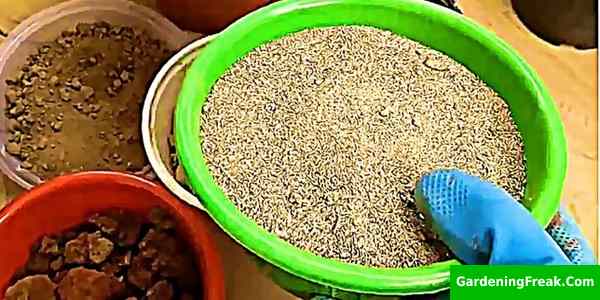
Another natural way to get rid of slugs from your hostas is sand. You have to sprinkle a reasonable amount of sand around the hostas plants to repel slugs. How this works is that slugs do not like the feel of sands sticking on their body. Whenever they feel too much sand out there, they get away and opt for a better environment where they feel more comfortable moving around.
3. Plant scented herbs

Herbs with high scents will ward off slugs from the area. Plant highly scented herbs like rosemary, lavender, ferns, saga, and many more to drive them off permanently. Make it a habit to introduce at least one of these plants each season and watch your hostas blossom with no slugs coming around to disturb it.
4. Remove attractants
Make sure to remove any welcome mat that may be inviting slugs to your hostas garden. From beans to lettuce, cabbage, and basils, slugs cannot resist their invite. So make sure to put away the welcome mat that says to a slug, “Come in:”
5. Broken eggshells
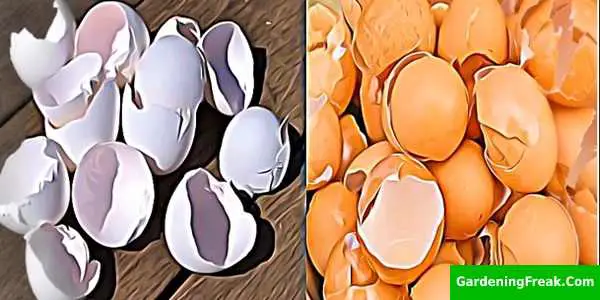
A slug has a fragile body and will therefore not find the sharp edges on broken eggshells funny. Ensure that you scatter broken eggshells around your hostas plants to end every form of hostas issues.It turns out that the scattered eggshells will decompose and add nutrients to the soil. It is a very effective way to get rid of slugs naturally.
6. Use bait
Consider setting a bait to get rid of slugs from your hostas. Do this at night when slugs are most active to get the best result. Look for what slugs find irresistible as an old lettuce leave and leave it at a cool place.
They will congregate on the bait, and when they do that, scoop them all at once and dispose of them. Don’t forget to carry along torchlight to make this more effective.
7. Destroy slime trails
Slugs will trade and follow each other tracks on the ground. So what you have to do is erase all slime trails and make it impossible for them to connect. Although this method is time-consuming, yet it is reliable and effective.
8. Introduce natural predators
Here is another natural way to deal with slugs on your hostas plants. Figure out what animals feed on slugs and bring them into your garden.
You may want to consider using a bird, a duck, a chicken, or a turtle. It works, and wouldn’t need to spend money trying to get rid of slugs on your hostas.
Differences between slugs and snails
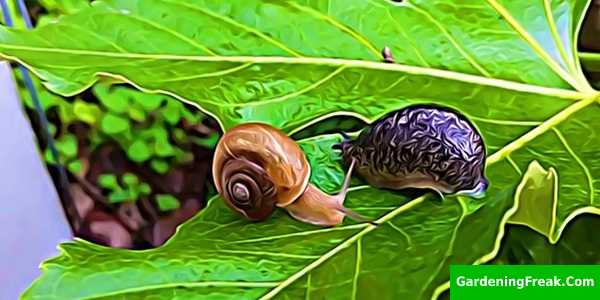
Before deep down to the topics it’s important to describe the basic difference between slugs and snails. Although, a slug and a snail belong to the same class known as mollusks still, there are many differences between the two creatures. But for easy identification, we’ll recommend that you use the morphological difference that exists between them. A snail has a shell at the back, but it’s not the same as a slug. What a slug shows the human eyes is a slimmer soft body. Additionally, some slug species are slow in movement when compared to some snail species.
Origin of Hostas
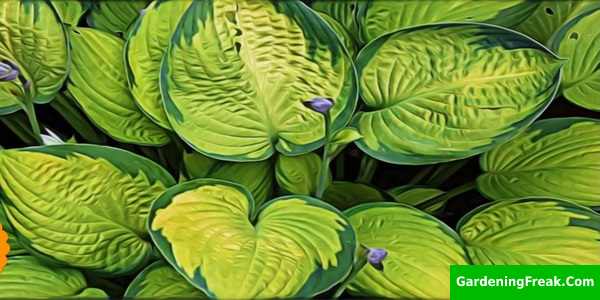
Hostas are native to Northeast Asia, Japan, China, Far East Russia, and Korea. The now most commonly grown horticultural plants migrated through their native lands and appreciated the Americans and British. According to the taxonomic characteristics of the plant, scientists placed it in the family Asparagaceae. Today, hostas are cultivated all across Asia, America, and England as shade-tolerant foliage horticultural plants. There are about 45 different species of the hostas plant without mincing words, all varying in sizes and colors. These diverse species offer a range of textures, shapes, and hues that can enhance any garden setting. Additionally, hostas in container gardening provide a versatile option for those with limited space, allowing for creative arrangements and easy mobility. Their ability to thrive in shaded areas makes them ideal for patios, balconies, and entryways, where they can bring lush greenery to urban environments.
Common Hostas problems: what causes holes in hosta leaves
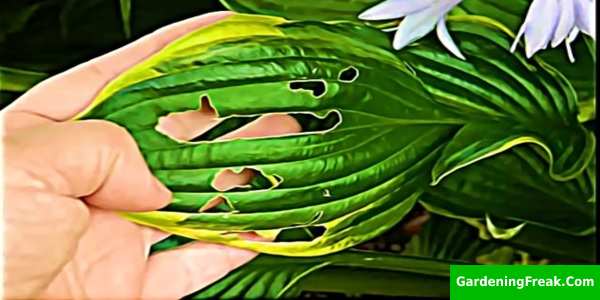
Like every other horticultural plant, the hostas plants are attacked by diseases and garden pests that may leave behind holes on their leaves. But the most common causes of holes in hostas leaves can be traced down to pest’s infestation. However, let us properly scrutinize the various factors that contribute to the presence of holes on hostas.
1. Hail
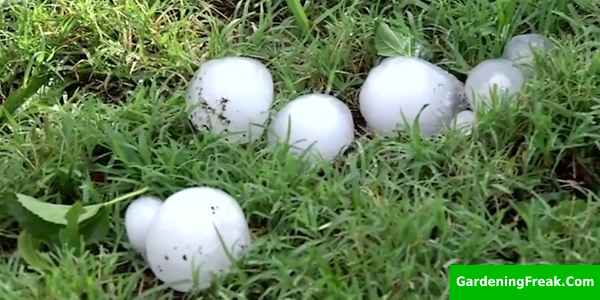
For areas where hails are frequently experienced, dealing with holes on the hostas leaves is common. Studies show that hails are one of the reasons behind round holes in hostas leaves.
2. Diseases
Hostas leaves are prone to infections and diseases, and when this happens, you may find your hostas leaves getting perforated.
3. Insects
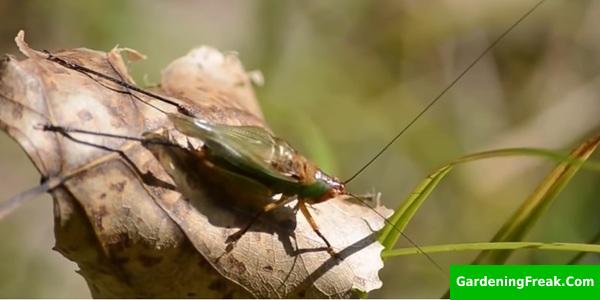
As earlier mentioned, insects are the most common cause of holes in hostas leaves. From grasshoppers to come weevils, hostas leaves are at risk when attacked by insects.
4. Slugs and snails
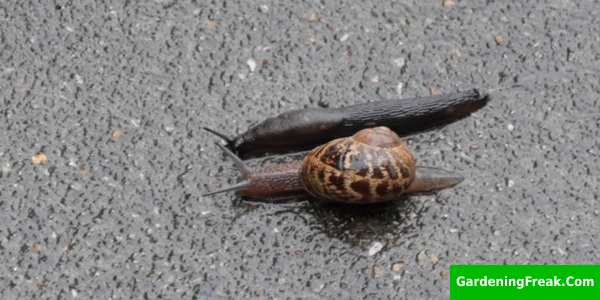
For some reason, slugs and snails seem to have great satisfaction when they feed on hostas’ leaves. They are other major culprits behind the holes on hostas plant.
5. Deer

When passing by, deers can stop by and have their share from your hostas. So when you get irregular big holes on your hostas leaves, a deer has been lurking around your yard.
Why do slug-like hostas
From the onset, Hostas are used as a shade owing to their large and lush leaves. Unfortunately, slugs also find hostas leaves accommodating and supportive of their nature. Slugs love cool places where they can shy away from the human eyes and the burning sensations of the sun. Another reason slugs cannot seem to get their hands off hostas is the friendly environment hostas plants are cultivated. Since hostas need an organic and moist environment, their growing space tends to be more cool and friendly. Slugs will always maximize this opportunity to hide and feed on hostas leaves.
FAQs
1. How do you get rid of slugs without harming plants?
Using chemical control methods to get rid of slugs can harm or even result in your host plant plants' death. There are other ways to get rid of Slugs in Hostas leaves without causing damage to the hostas plant itself. This alternate method involves the use of natural materials to combat slugs. Please refer to the section that talks about the home remedies for slugs on hostas for more details on this.
2. How do you permanently get rid of slugs?
There are many ways to stop slugs from visiting your hostas plants. Use our guide to find the one you find most suitable and comfortable for you. The point is to ensure consistency in whatever method you decide to adopt for the control measure. Keep doing it until you are sure that your Hostas are completely free of Slugs.
3. Do coffee grounds keep slugs away from hostas?
Yes, coffee grounds are an effective fit keeping away slugs from Hostas. The slug does not like the smell of coffee and would do virtually anything not to get close to it.
4. What do slugs hate?
Herbs with high scents like rosemary and lavender are a no-go area for slugs. These little creatures have a thing for coffee and all means, try to stay away from it.
5. Will vinegar kill slugs?
Yes. Vinegar is an acid that will dissolve the mucus on soft-bodied animals like slugs. Whether mixed with water or applied raw, it will not spare any slug it comes in contact with. The most important thing to note when using vinegar to get rid of slugs on hostas is to avoid the vinegar coming in contact with your hostas.
6. Do slugs feel pain from salt?
Applying salts to slugs feels the same way you feel when you are dehydrated. Salts will make a slug lose its body fluid rapidly and die off. So, yes, it hurts slugs when they become dehydrated, leading to their death.
7. Do hostas like coffee grounds?
Coffee grounds will help replenish the soil with nutrients after decomposition. Hostas absorb the nutrients and thrive well as they draw up nutrients from the soil.
Conclusion
The truth is that slugs can cause potential damage to your hostas if you do not act fast. They can make you lose your precious Hostas garden and end up looking like a failed gardener. Getting rid of them can also be costly and frustrating. But this doesn’t have to be you. Dealing with slugs on hostas is made much easier with our guide that tells you everything you should know about dealing with slugs on hostas. Using natural methods to prevent them completely, you do not have to struggle with maintaining slug-free hostas anymore. You can now enjoy slug-free hostas at all times. That’s all from this article about how to get rid of slugs on hostas. Like slugs, different kinds of harmful insect also do a lot of damage for our garden. That can be easily controlled by a beneficial insect like praying mantis. So besides this article if you want to know more about them can read our this article

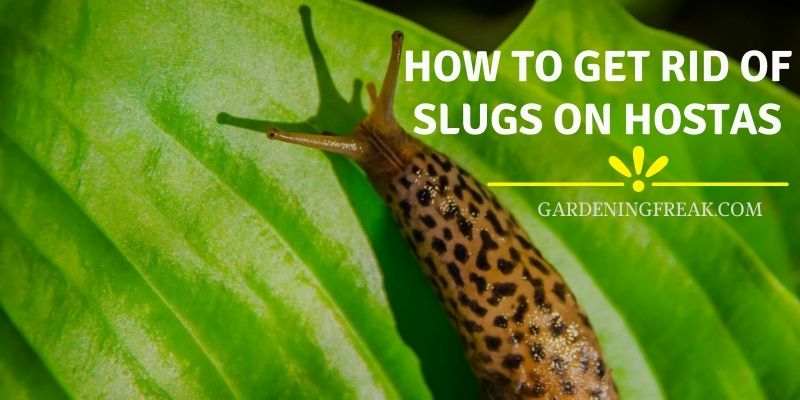











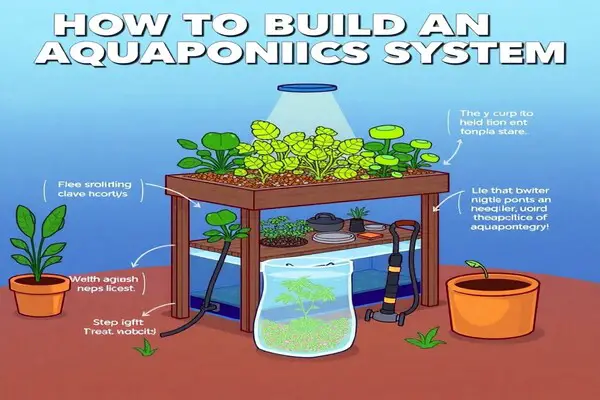

[…] Watering hostas in pots is an essential task for their healthy growth. As a hobby gardener, I find that maintaining the right moisture level is crucial. Hostas generally require consistent watering, especially during the hot summer months. I water my potted hostas every two to three days, depending on weather conditions. However, it’s important not to overwater them as it can lead to root rot. To prevent this, I ensure proper drainage by using pots with drainage holes and adding a layer of gravel or broken pot shards at the bottom. This helps excess water to escape and prevents waterlogging. Before watering, I always check the soil moisture by sticking my finger about an inch deep into the soil. If it feels dry, then it’s time to water them. Additionally, during periods of heavy rainfall, I adjust my watering frequency accordingly, reducing it as needed. It not only help root rot but also save the hostas from the attack of slugs. […]